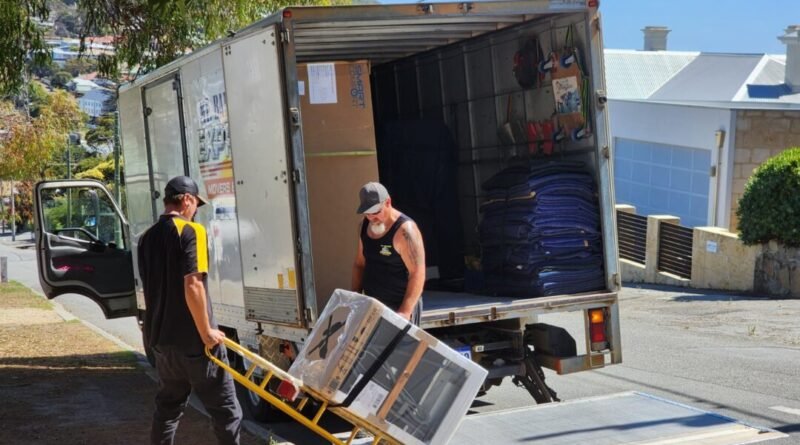Australia’s Unemployment Rate Climbs to 3.8 Percent
The total number of full-time employees increased to 9.9 million as 27,900 full-time jobs were added.
Australia’s unemployment rate rose to 3.8 percent in March 2024, according to the latest data from the Australian Bureau of Statistics (ABS) on April 18.
This is 0.1 percent higher than February’s rate, and 0.1 percent below what the Reserve Bank of Australia (RBA) and the Treasury predicted last month.
While the total number of full-time employees increased to 9.9 million as 27,900 full-time jobs were added, the economy lost 34,500 part-time positions, bringing the part-time employment count down to 4.4 million people.
This net job loss of 6,600 employees and the number of unemployed people surging to 20,600 people prompted the small drop in employment in March.
Employment flows have been volatile in recent months: the larger-than-usual flow of employment in February, which included a surprising increase of 116,500 jobs, was preceded by smaller-than-usual flows in January and December. However, this returned to a more usual pattern in March.
Moreover, the decline in employment and the population growth rate brought about the seasonally adjusted employment-to-population ratio to fall 0.2 percent to 64 percent, close to historically high levels seen throughout 2023 and nearly 2 percent higher than pre-pandemic levels. The participation rate decreased by 0.1 percent to 66.6 percent compared to the rate in February 2024.
Employment grew 2.4 percent over the year, which indicates a tight labour market, but not as tight as it used to be.
“The labour market remained relatively tight in March, with an employment-to-population ratio and participation rate still close to their record highs in November 2023. While they have both fallen by 0.4 percentage points since then, they continue to be much higher than their pre-pandemic levels,” Bjorn Jarvis, ABS head of labour statistics said.
Australia’s labour market has maintained momentum since it rebounded from the pandemic, with unemployment reaching 3.4 percent in November 2022, the lowest since the 1970s.
“As we move beyond the seasonal fluctuations, we anticipate the unemployment rate to continue its upward trend. This could alleviate upward pressure on wages, aligning with the RBA’s objective of curbing demand-driven inflation,” RSM Australia economist Devika Shivadekar said.
Victoria, Queensland Have Highest Unemployment Rate
Victoria and Queensland both had an unemployment rate of 4.1 percent during the month, the highest recorded across all states. South Australia’s unemployment rate stood at 3.9 percent, while New South Wales, Tasmania, and the Northern Territory had 3.8 percent. The Australian Capital Territory had the least unemployment rate at 2.9 percent.
ACT Sees Highest Monthly Employment Increase
Meanwhile, the ACT saw the highest monthly employment increase of 1.2 percent to 267,900, followed by Tasmania which grew 0.6 percent to 282,500.
New South Wales rose 0.4 percent to 4.4 million while Victoria and Northern Territory both climbed 0.2 percent to 3.7 million and 139,700, respectively.
South Australia fell 1 percent to 939,200 while Queensland declined 0.4 percent to 2.9 million. Western Australia’s employment growth remained flat, with a total of 1.6 million employed people.
Increasing Unemployment to be Felt by Individuals Relying on Income Support
Australian Council of Social Service CEO Cassandra Goldie earlier said that increasing unemployment, driven by rising interest rates, would be disproportionately felt by people who depend on income support.
“Without major reform to housing, superannuation tax breaks and income support, the divide between those with the most and those with the least will continue to deepen,” Ms. Goldie said.
Research by ACSS and the University of New South Wales (UNSW) Sydney showed that the top 10 percent of households by weekly income take home an average of $5248 after tax, three times the middle 20 per cent ($1989) and six times the lowest 20 per cent ($794).
“These disturbing figures show that people with the lowest income and least wealth are being left behind by the increasing inequality in Australia,” Ms. Goldie said.





